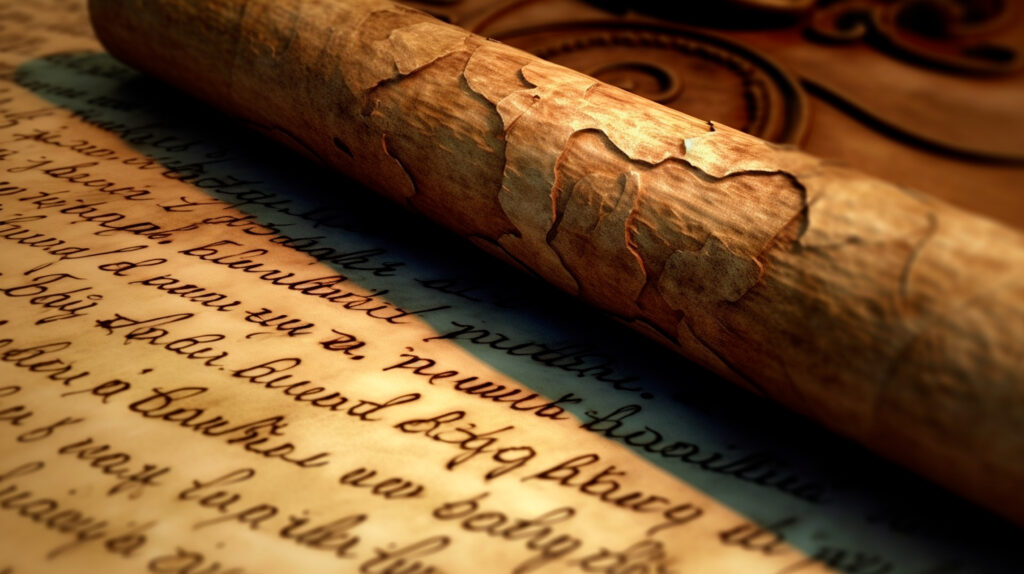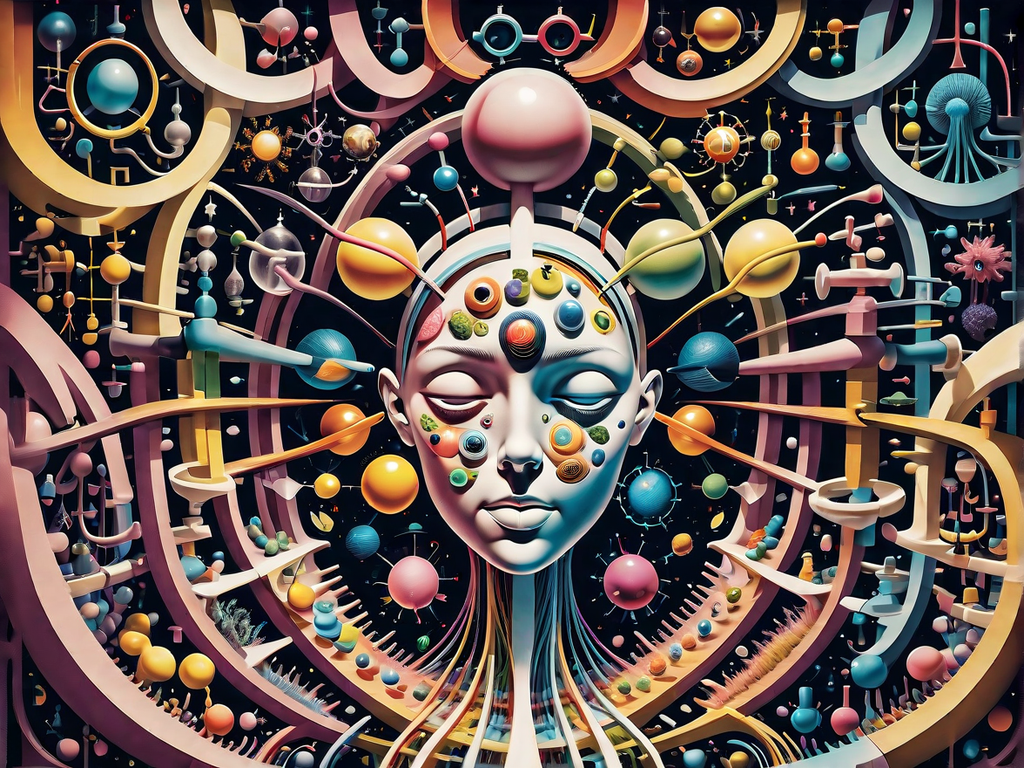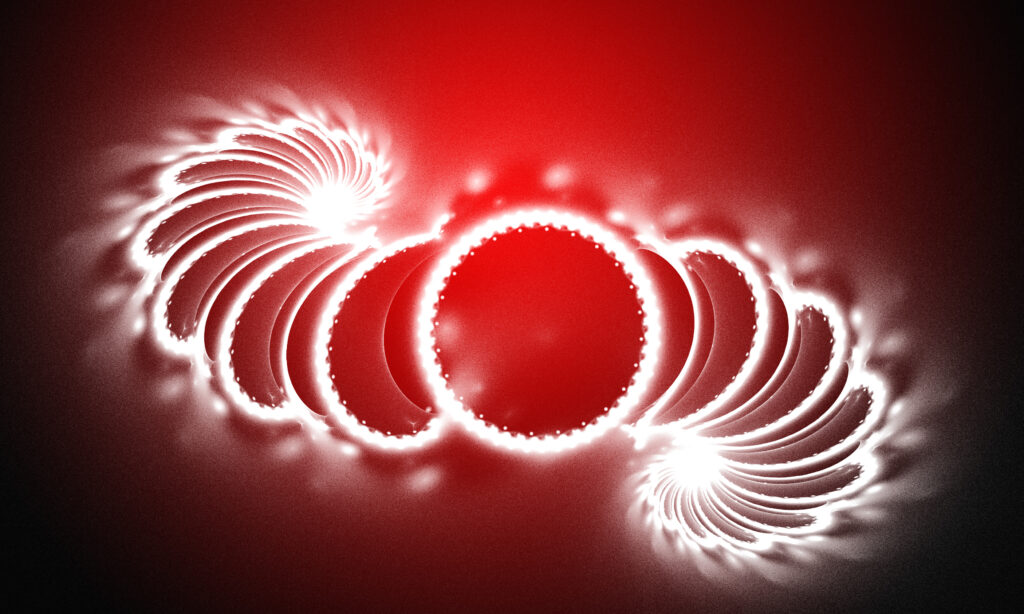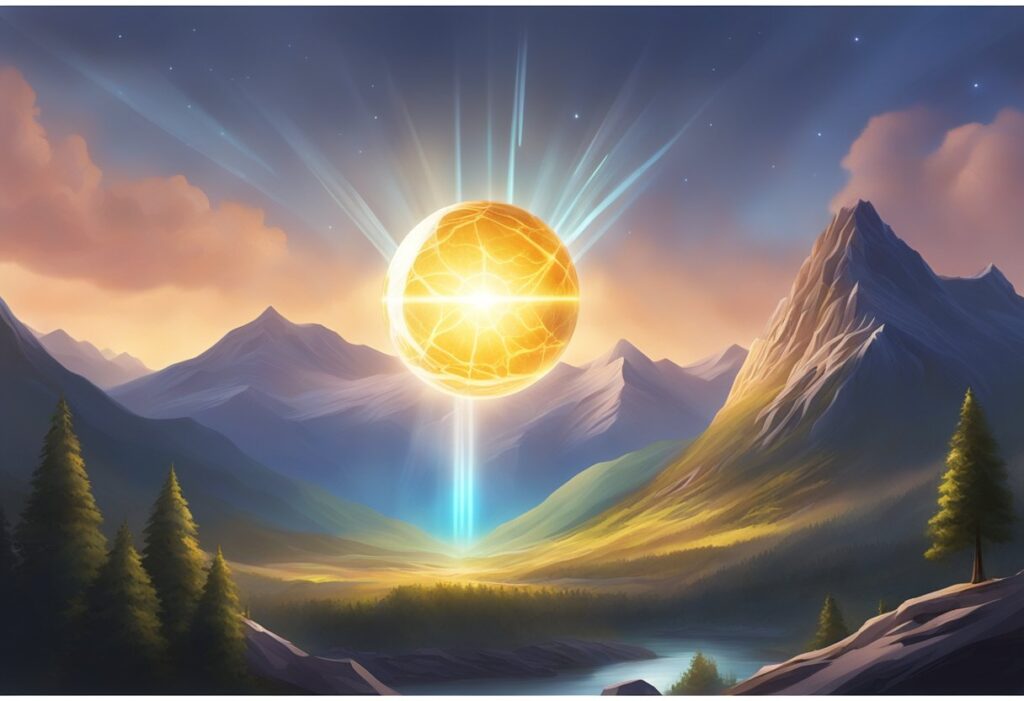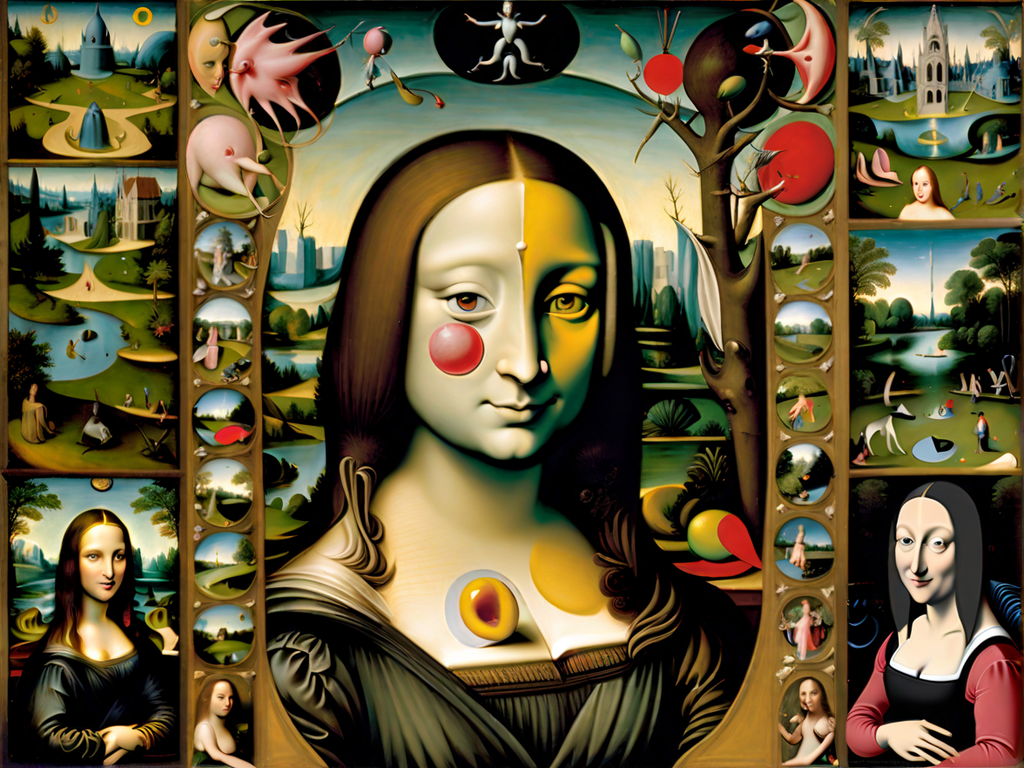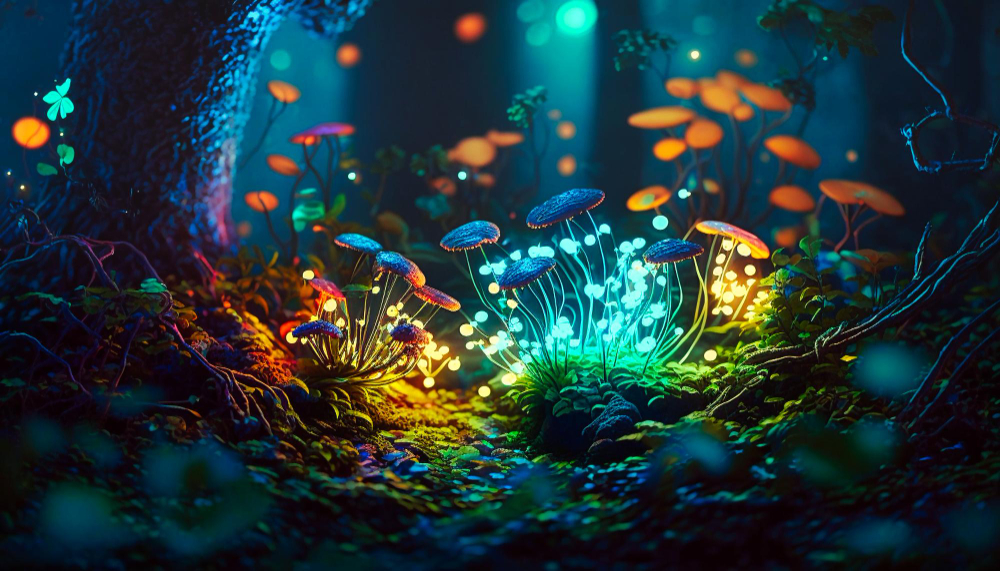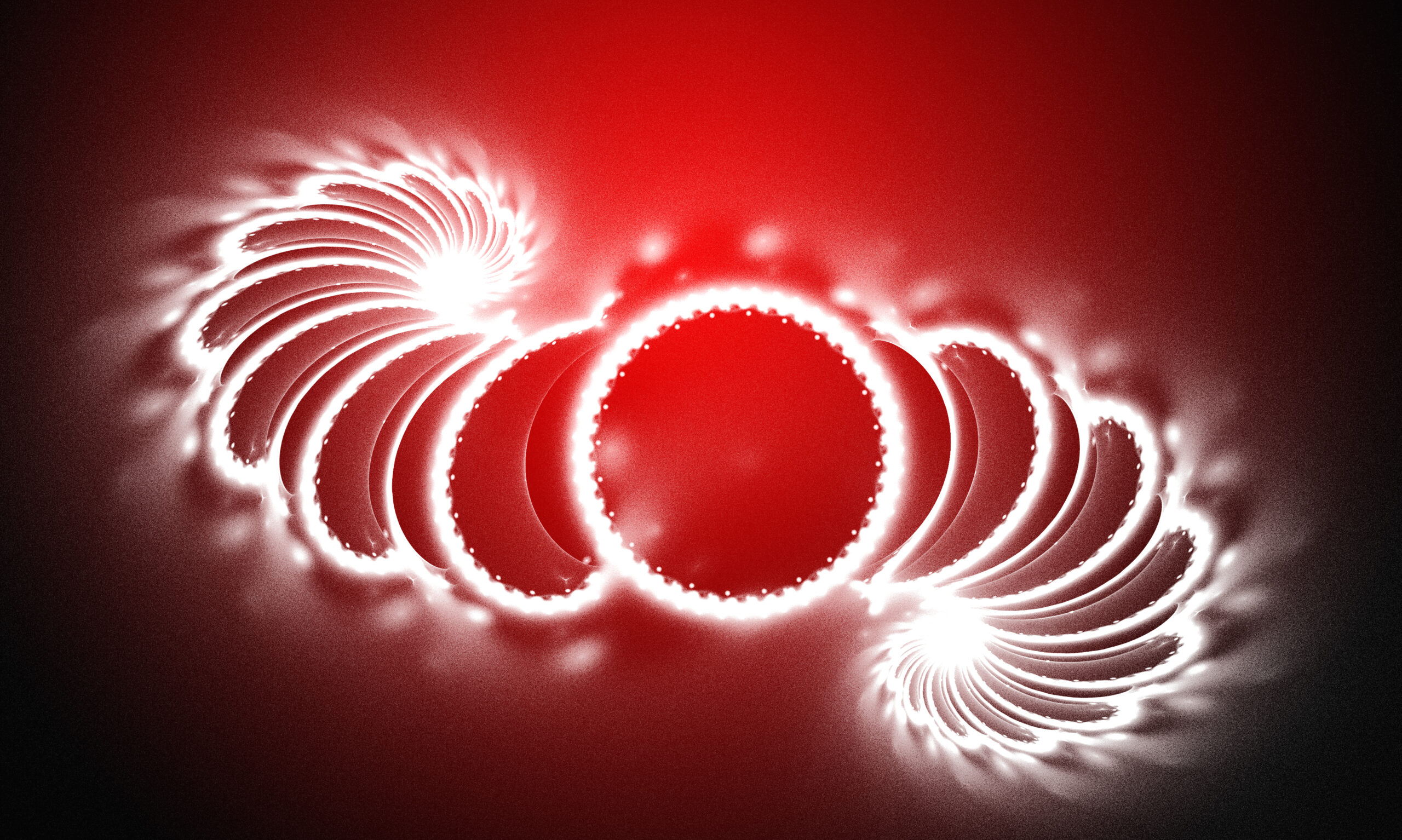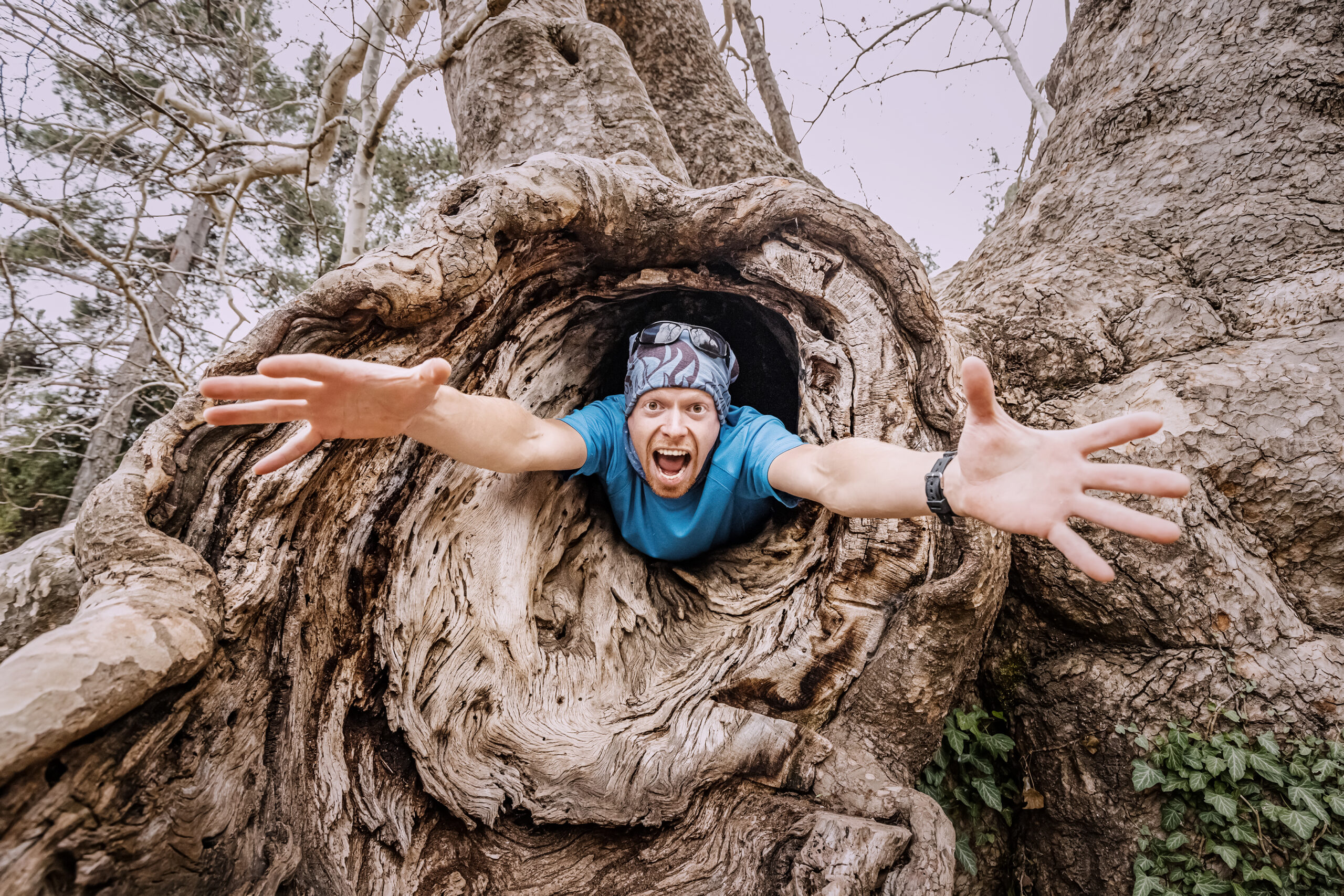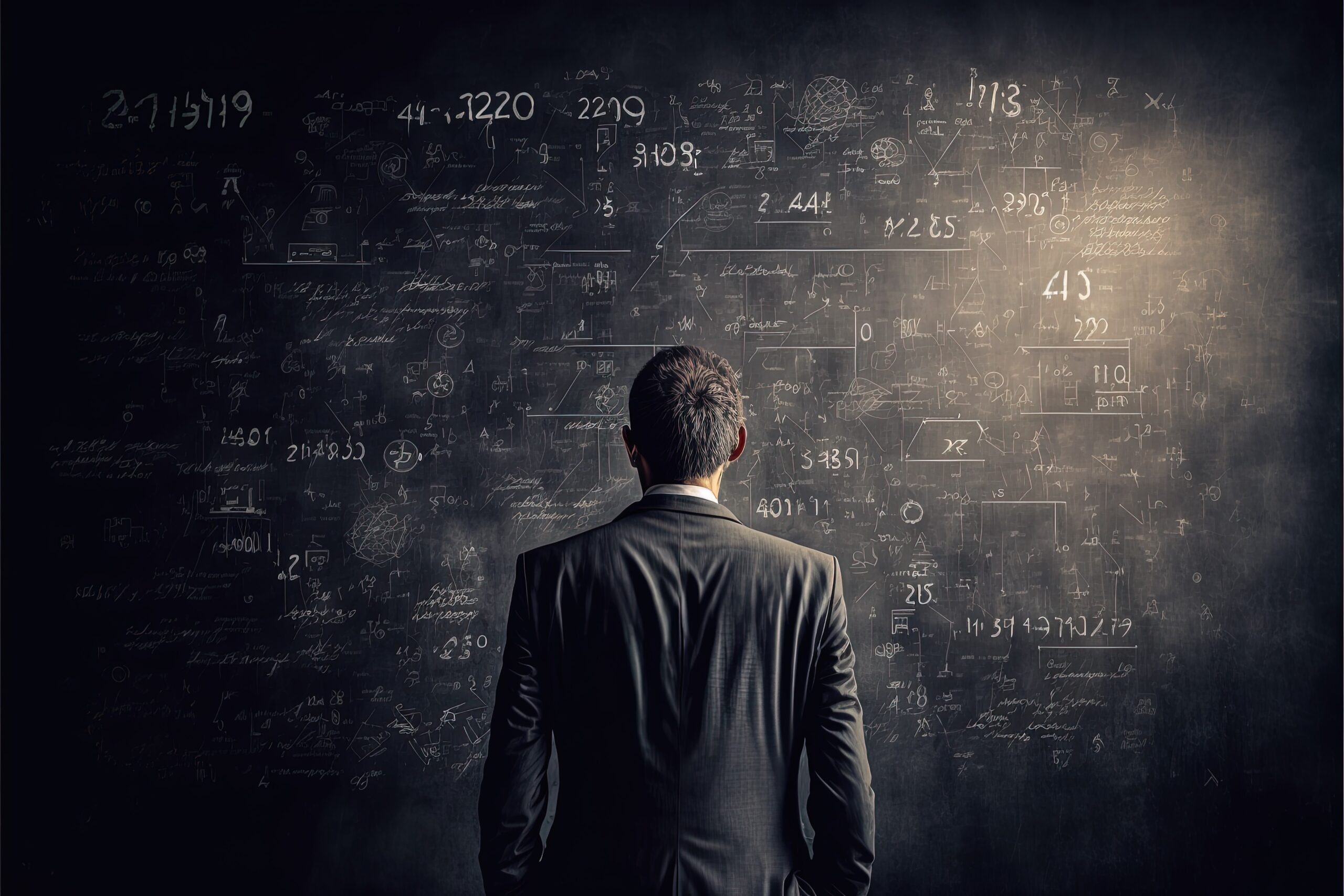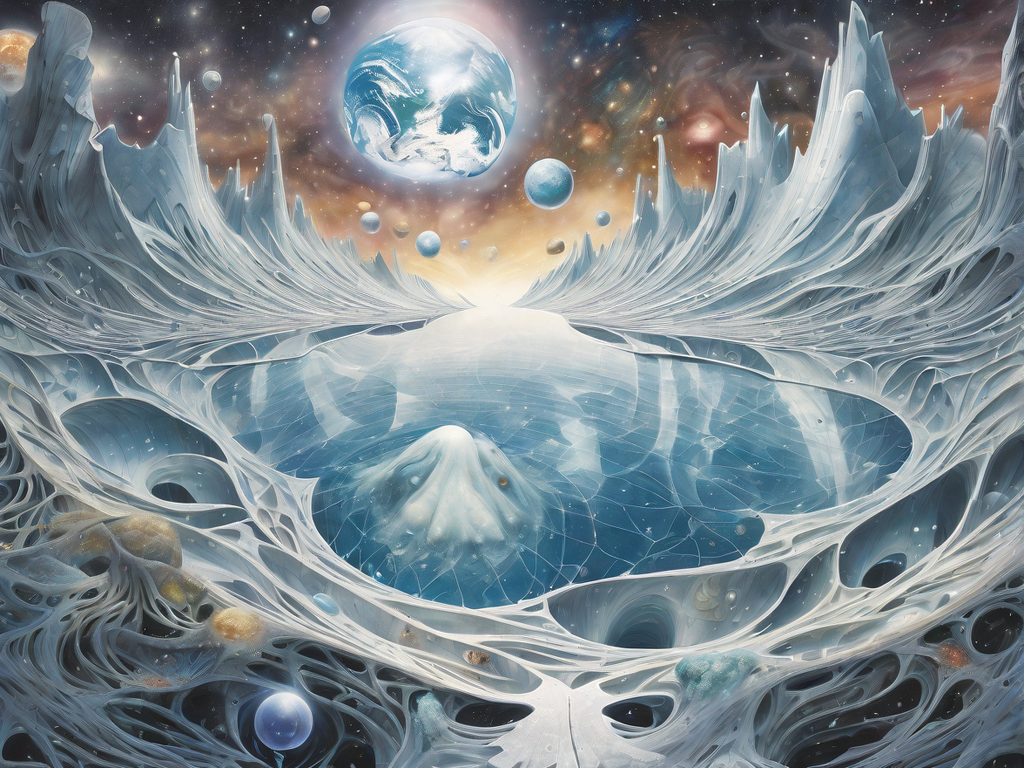Welcome to the world of ancient healing practices, where the wisdom of traditional medicine has been passed down through generations. These age-old techniques and remedies have stood the test of time, continuing to offer holistic solutions for physical and mental well-being. In this article, we will explore the intriguing realm of ancient healing practices and their significant role in promoting wellness throughout history.
Ancient healing practices encompass a wide range of traditional medicine systems from various cultures around the world. From the indigenous healing methods rooted in cultural beliefs to the timeless wisdom of Eastern medicine, these practices offer unique insights and approaches to wellness.
One of the fascinating aspects of traditional healing is its connection to the origins of human culture. Indigenous medicine systems, deeply intertwined with cultural practices, reflect the ancient knowledge and beliefs of communities across the globe. By examining these cultural practices, we can gain a deeper understanding of the diverse ways in which societies have approached healing throughout history.
Eastern medicine, such as Ayurveda and Traditional Chinese Medicine, offers another window into ancient healing practices. These traditions have evolved over thousands of years and emphasize the balanced harmony of the body and mind. Through techniques like herbal medicine, acupuncture, and energy balancing, traditional Eastern medicine seeks to restore equilibrium and support overall well-being.
Shamanic healing and indigenous practices provide yet another intriguing dimension to ancient healing traditions. Rooted in spiritual connections and ancestral wisdom, shamanic healers employ ceremonies, rituals, and plant-based remedies to address physical, emotional, and spiritual ailments. These practices highlight the deeply held belief that healing involves more than just the physical body; it encompasses the entire being.
Ancient healing traditions also emphasize the unity of the body and mind, recognizing the profound interplay between the two. Practices like meditation, yoga, and mindfulness not only promote relaxation and stress reduction but also foster a deeper connection with oneself and the world around us. By acknowledging and nurturing this mind-body connection, these practices offer a holistic approach to well-being.
In the modern era, ancient healing practices have found their way into mainstream healthcare as complementary therapies. Integrative medicine incorporates these traditional techniques alongside conventional treatments, recognizing their potential to enhance overall patient care. From herbal remedies to energy healing modalities, these practices are gaining recognition for their unique contributions to the field of medicine.
Join us on this journey into the mysteries of traditional medicine as we unearth the ancient healing practices that continue to shape our understanding of wellness. Explore the timeless wisdom and holistic approaches that have guided humanity’s quest for health and balance throughout the ages.
The Origins of Traditional Healing

Traditional healing practices have their roots in ancient cultures around the world. These indigenous medicine systems have evolved over centuries, shaped by cultural practices and beliefs that are unique to each community. By understanding the origins of traditional healing, we gain insight into the rich tapestry of human wellness and the diverse approaches taken by different societies.
Indigenous medicine, also known as ethnomedicine, refers to the healing practices and knowledge passed down through generations within a specific culture or community. It encompasses a wide range of traditional healing modalities, including herbal medicine, spiritual rituals, and energy healing.
Across continents, indigenous cultures developed their own unique systems of medicine. For example, Native American healing practices incorporate the power of nature, using medicinal plants and ceremonies to restore balance and harmony. In Africa, traditional healers, often referred to as sangomas, combine herbal remedies, divination, and rituals to address ailments and promote overall well-being.
Similarly, traditional healing practices in Asia have a long history that dates back thousands of years. Ayurveda, originating in India, emphasizes the balance of mind, body, and spirit through natural remedies and lifestyle choices. Traditional Chinese Medicine (TCM) is another ancient practice that utilizes acupuncture, herbal medicine, and other therapeutic techniques to restore the flow of energy within the body.
Traditional healing practices are deeply intertwined with cultural beliefs and practices. They view wellness as a holistic concept, recognizing the interconnectedness of the body, mind, and spirit.
These diverse healing traditions show us that different cultures have developed their own unique ways of understanding and treating illness. They highlight the importance of cultural practices and customs in shaping health and well-being strategies. When we explore the origins of traditional healing, we gain a deeper appreciation for the richness and diversity of human wisdom in promoting wellness.
| Culture | Traditional Healing System | Main Practices |
|---|---|---|
| Native American | Native American Medicine | Herbal medicine, sweat lodges, spiritual ceremonies |
| African | Sangoma Healing | Herbal remedies, divination, rituals |
| Indian | Ayurveda | Herbal medicine, yoga, meditation |
| Chinese | Traditional Chinese Medicine (TCM) | Acupuncture, herbal medicine, dietary therapy |
Ancient Wisdom: Traditional Eastern Medicine

Traditional Eastern medicine encompasses a rich tapestry of healing practices that have been developed and refined over thousands of years. Two of the most well-known traditions within this domain are Ayurveda and Traditional Chinese Medicine (TCM).
Ayurveda, originating in India, is a holistic system of medicine that focuses on achieving balance and harmony in the body, mind, and spirit. It emphasizes the unique constitution of each individual and provides personalized remedies and treatments. Ayurvedic practitioners use herbal medicine, dietary recommendations, yoga, and meditation to restore health and promote well-being.
Traditional Chinese Medicine has been an integral part of Chinese culture for over 2,500 years. It is based on the concept of Qi, the vital life force, and the balance between yin and yang energy. TCM utilizes various modalities, including herbal medicine, acupuncture, acupressure, and energy balancing techniques like qigong or tai chi. By harmonizing the body’s energy, Traditional Chinese Medicine aims to restore balance and facilitate the body’s natural healing processes.
| Ayurveda | Traditional Chinese Medicine |
|---|---|
| Origin: India | Origin: Ancient China |
| Focuses on individual constitution | Emphasizes balance of yin and yang energy |
| Utilizes herbal medicine, dietary recommendations, yoga, and meditation | Incorporates acupuncture, herbal medicine, acupressure, and energy balancing techniques |
| Emphasizes holistic well-being | Targets specific health conditions while considering the whole person |
Both Ayurveda and Traditional Chinese Medicine offer unique perspectives on healing and have contributed immensely to the wellness of individuals worldwide. They continue to be practiced and embraced today, not only in their countries of origin but also in many other parts of the world.
Shamanic Healing and Indigenous Practices
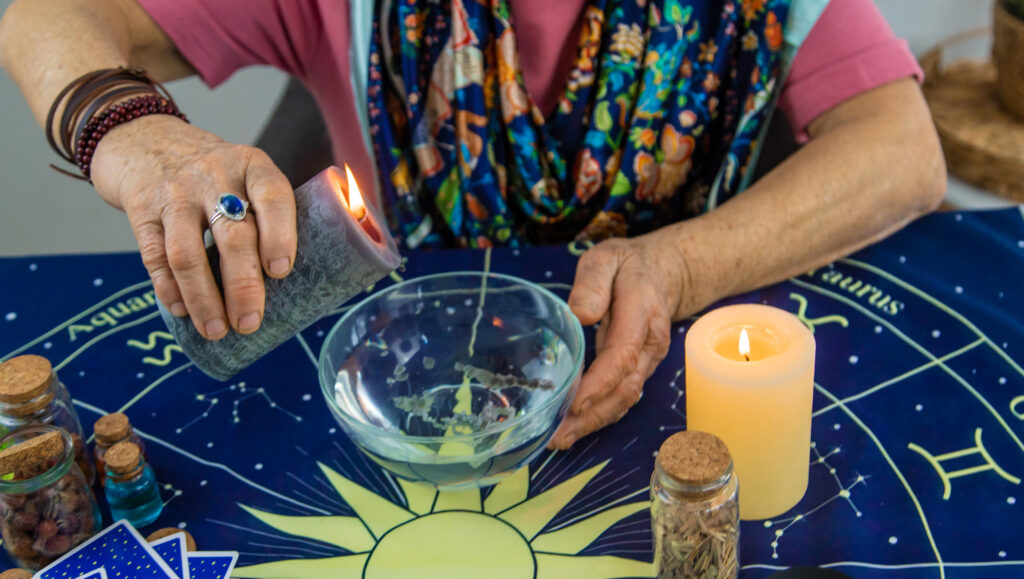
In the realm of ancient healing practices, shamanic healing and indigenous practices hold a profound significance. Rooted in spiritual connections and ancestral wisdom, these healing modalities offer unique insights into the mind, body, and spirit.
Shamans, revered practitioners in indigenous cultures, play a pivotal role in facilitating healing journeys. Their methods encompass a range of ceremonies, rituals, and plant-based remedies that aim to restore balance and harmony within individuals and their communities.
At the heart of shamanic healing is the belief in the interconnectedness of all beings and the natural world. It recognizes the existence of a spiritual realm, where shamans channel healing energies and communicate with spirits for guidance and assistance.
The Role of Shamans
Shamans serve as intermediaries between the physical and spiritual realms, utilizing their unique abilities to navigate the unseen realms and facilitate healing. With their deep understanding of indigenous healing practices, they provide individuals with transformative experiences that promote holistic well-being.
Through ceremonies and rituals, shamans create sacred spaces where individuals can connect with their own spirituality and tap into the collective wisdom of their ancestors. By engaging in these practices, participants can experience profound healing and spiritual growth.
Plant Medicines and Healing Rituals
Plant-based remedies form a fundamental part of shamanic healing. Certain plants, such as ayahuasca, peyote, and San Pedro cactus, are believed to possess powerful healing properties that can facilitate introspection, clarity, and personal transformation.
Additionally, various healing rituals, such as sweat lodges, vision quests, and trance dances, are utilized to provide individuals with transformative experiences and deeper spiritual connections. These rituals often involve elements of purification, self-reflection, and surrendering to higher energies.
“Shamanic healing and indigenous practices tap into the deep spiritual roots of humanity, offering profound healing and reconnecting individuals to their authentic selves.” – [Author Name]
By embracing shamanic healing and indigenous practices, individuals can explore their own spiritual connection, gain insight into their lives, and experience profound healing at a soul level.
Ancient Healing Traditions: Uniting Body and Mind

Ancient healing traditions have long recognized the profound connection between the body and mind. These holistic approaches prioritize the overall well-being and balance of individuals by acknowledging the intricate interplay of physical, mental, and emotional health.
The mind-body connection is a fundamental principle in ancient healing traditions, as it underscores the belief that our thoughts, emotions, and attitudes can influence our physical well-being. By addressing the underlying causes of illness and fostering harmony within oneself, these practices aim to promote holistic healing.
One of the key practices in ancient healing traditions is meditation, which involves quieting the mind and cultivating present-moment awareness. This practice has been scientifically proven to reduce stress, improve mental clarity, and enhance overall well-being. Through meditation, individuals can tap into their inner wisdom and connect with their inner selves.
Yoga, another ancient practice, not only promotes physical flexibility and strength but also cultivates mindfulness and inner peace. The combination of physical postures, breathing exercises, and meditation in yoga helps individuals achieve mind-body alignment, fostering a deep sense of connection and wellness.
“The mind and body are not separate entities; they are inviolably connected. When we acknowledge this connection, we can access the innate healing powers within ourselves.” – Deepak Chopra
Mindfulness, a central aspect of many ancient healing traditions, involves being fully present in the present moment and observing one’s thoughts and emotions without judgment. This practice enhances self-awareness, reduces stress, and promotes mental clarity, enabling individuals to make conscious choices aligned with their overall well-being.
To better illustrate the mind-body connection in ancient healing traditions, below is a table showcasing the key practices and their benefits:
| Practice | Benefits |
|---|---|
| Meditation | Reduces stress, improves mental clarity, promotes inner peace |
| Yoga | Enhances flexibility and strength, cultivates mindfulness, fosters mind-body alignment |
| Mindfulness | Increases self-awareness, reduces stress, promotes mental clarity |
These ancient healing traditions provide valuable insights into the mind-body connection and offer practical tools and techniques for achieving overall well-being. By embracing these holistic approaches, individuals can tap into their innate healing powers and cultivate a harmonious balance between the body and mind.
Modern Applications and Integration
Ancient healing practices have found modern applications in the realm of integrative medicine. As the field of healthcare continues to evolve, there is a growing recognition of the benefits of incorporating these time-honored traditions into mainstream treatments. Integrative medicine aims to combine the best of both conventional and complementary therapies, catering to the unique needs of each individual.
Modern applications of ancient healing practices encompass a wide range of modalities, including acupuncture, herbal medicine, meditation, and yoga. These practices have shown promising results in managing various health conditions, alleviating pain, reducing stress, and enhancing overall well-being. By embracing the principles of holistic healing, integrative medicine seeks to address the root causes of illness and promote a balanced mind-body connection.
Complementary therapies, such as Ayurveda, Traditional Chinese Medicine, and naturopathy, are increasingly integrated into treatment plans alongside conventional approaches. This integration allows for a more personalized and comprehensive approach to healthcare, empowering individuals to take an active role in their healing journey. By combining the wisdom of ancient healing traditions with modern medical advancements, patients can access a broader range of options to support their health and wellness.
Furthermore, the integration of ancient healing practices into mainstream healthcare brings forth a shift in perspective. It encourages healthcare providers to view the patient as a whole and consider their physical, emotional, and spiritual well-being. This holistic approach acknowledges the interconnectedness of various aspects of health and aims to foster a sense of balance and harmony.
FAQ
What are ancient healing practices?
Ancient healing practices refer to traditional medicinal techniques and therapies that have been used for centuries and have been passed down through generations. These practices often incorporate natural remedies, spiritual beliefs, and holistic approaches to promote wellness.
Why are ancient healing practices significant in traditional medicine?
Ancient healing practices have stood the test of time and continue to be relevant in traditional medicine because they offer comprehensive and holistic approaches to healing. These practices recognize the interconnectedness of the body, mind, and spirit, and emphasize the promotion of overall well-being rather than just treating symptoms.
What are the origins of traditional healing?
Traditional healing has diverse origins and is influenced by various cultures around the world. Indigenous medicine systems, cultural practices, and beliefs play a significant role in shaping traditional healing methods. Some examples include Native American healing practices, African traditional medicine, and ancient Ayurvedic practices from India.
What is traditional Eastern medicine?
Traditional Eastern medicine encompasses healing practices that originated in Eastern cultures, such as Ayurveda from India and Traditional Chinese Medicine (TCM). These practices focus on restoring balance and harmony in the body through techniques like herbal medicine, acupuncture, and energy balancing.
How does shamanic healing work?
Shamanic healing is rooted in indigenous practices and involves a spiritual connection between a shaman and the individual seeking healing. The shaman may use ceremonies, rituals, and plant-based remedies to address spiritual imbalances, emotional trauma, or physical ailments. Shamanic healing places great emphasis on the interplay between the physical, mental, and spiritual realms.
What are ancient healing traditions?
Ancient healing traditions are comprehensive approaches to wellness that integrate the body and mind. These traditions recognize the importance of the mind-body connection and offer practices such as meditation, yoga, and mindfulness to promote overall well-being, balance, and inner harmony.
How are ancient healing practices integrated into modern healthcare?
Ancient healing practices are increasingly being recognized and integrated into modern healthcare systems as complementary therapies. These practices are being used alongside conventional treatments to provide patients with a more holistic and multidimensional approach to healing. This integration is known as integrative medicine.




